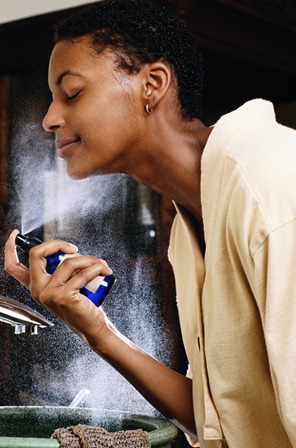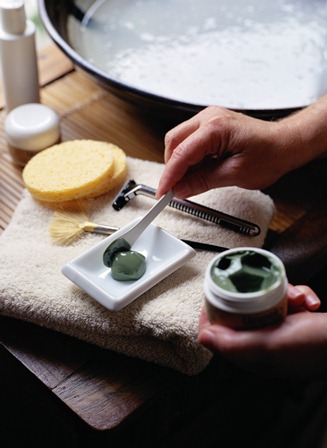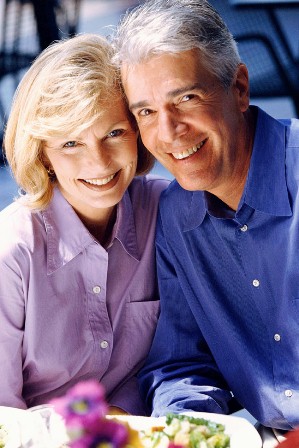Myth: The tighter your skin feels after washing, the better.

Surfactants include components such as sodium lauryl sulfate (SLS), sodium lauryl ether sulfate (SLES), and ammonium lauryl sulfate (ALS), so you may want to keep an eye out for these and seek out products with gentler alternatives.
According to dermatologists, it is recommended to seek out cleansing agents that are derived from either coconut oil or are glucose-based, as these are strong enough to properly remove impurities on skin (makeup, etc.), whilst maintaining its elasticity. Such cleansing agents can include the following: cocamidopropyl betaine, coco betaine, sucrose laurate, coco glucoside, and decyl glucoside. Remember, your skin must maintain its suppleness even after washing and cleansing—if not, the extreme dryness can lead to breakouts and irritation.
Myth: Higher SPFs means better protection.
According to leading dermatologists at the Department of Dermatologic Surgery and Dermatology at Memorial Sloan-Kettering Cancer Center, higher SPF levels can help, but it is important to keep in mind that sunscreens with extremely high SPFs (above 50) do not necessarily work that much more effectively than an SPF 30 or 50 does. In fact, the differences are not significantly drastic — an SPF 15 sunscreen can protect you against 93% of UVB radiation, while an SPF 30 and 50 sunscreen blocks nearly 97% and 98% of UVB rays.
Essentially, how well your sunscreen protects your skin depends on how well you use it, so proper and frequent application is key. Without this, even an SPF 100 sunscreen can only do so much as an SPF 15 sunscreen in terms of protecting you from harmful radiation. When choosing a sunscreen, a modest SPF 30 labelled either “multi-spectrum”, “broad-spectrum”, or “UVA/UVB Protection” should be enough.
Myth: When it comes to skin care products, the expensive brands are best.

Ultimately, both cheap and expensive skincare lines have their share of beautifully-crafted or generically-made creams, and being that the way our skin reacts to products is highly individual, it’s really more about seeing which ones work better for you. Check labels thoroughly and take note of the first five to ten ingredients, as these are what make up most of the product.
According to an article by Prevention.com, another interesting method of choosing a skincare product is to “look for packaging designed to maintain a product’s freshness and potency: an airless pump keeps oxygen (and your fingers!) out of a cream, while an opaque coating around a bottle blocks efficacy-reducing sunlight.”
Myth: It’s safe to go without sunscreen on overcast days.
Contrary to popular belief, it is still possible to get sunburned even on a cloudy day. Remember, what causes sunburn is not the visible light from the sun, but rather the harmful UVA and UVB rays, of which 80% of can still penetrate through cloud cover, smog, and even glass. Keep in mind as well that UV rays can reflect off of surfaces and increase your UV exposure twofold. For example, even when you’re sitting in a shaded area on a beach (under an umbrella perhaps), the sand can still reflect UV rays back on your skin. During winter months, snow becomes a great reflector of UV rays as well, so it’s really important to stay protected regardless of the season or weather.
According to Vernon Carr, National Manager of Public Weather Services at the Bureau of Meteorology, “UV is affected by many things. One of those is cloud, but it depends upon what type of cloud it is, the thickness of the cloud and whether it is deep right through the atmosphere. In other words you get a mirror effect and the UV can bounce off the clouds and focus on the ground. You can get quite high UV levels at the ground during partly cloudy days when there are breaks in the cloud. You have to be very, very careful on those sorts of days not to assume you won’t get those sorts of extreme levels.”
Myth: There are topical products that can work just like Botox or fillers.
The reason why treatments such as Botox and Restylane work so well against the signs of aging is because they are injected directly into the skin and are thus able to address the underlying cause of the wrinkles head-on. Botox, for example, neutralizes the range of movement of certain muscles, consequently relaxing them and preventing the appearance of wrinkles; while Restylane fills in gaps and crevices created by deeper wrinkles. Any type of topical anti-aging cream, no matter how expensive, would not be able to render these types of results as they only work on a superficial level.
Myth: Skin ages the same way for everyone.

In addition, individuals with oilier skin may also be safe from wrinkles for a time, as all the extra oils produced by their skin helps to keep it moisturized and supple. Naturally, lifestyle and dietary choices also play an important role. Someone who is regularly exposed to the sun without the protection of sunscreen—in comparison to someone who is more zealous about sun protection—may see the signs of sun damage on their skin much earlier.
In summary, skin may indeed exhibit similar signs of aging, but will vary greatly in terms of the onset of appearance and severity, depending on the aforementioned factors.
